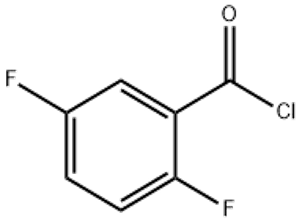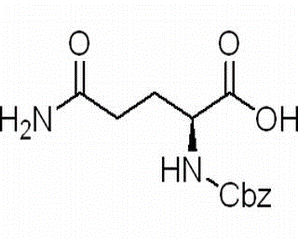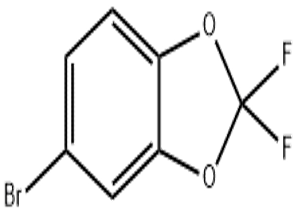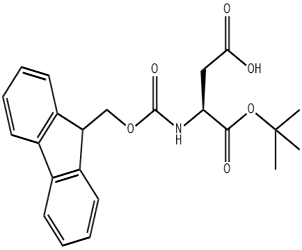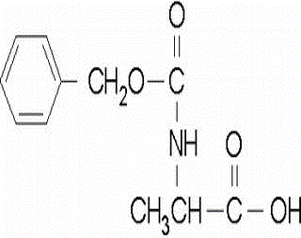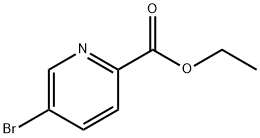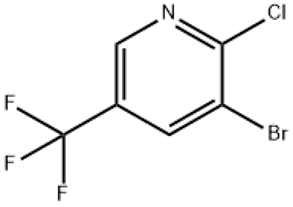2 5-difluorobenzoyl chloride(CAS# 35730-09-7)
| Hazard Symbols | C – Corrosive |
| Risk Codes | 34 – Causes burns |
| Safety Description | S45 – In case of accident or if you feel unwell, seek medical advice immediately (show the label whenever possible.) S36/37/39 – Wear suitable protective clothing, gloves and eye/face protection. S25 – Avoid contact with eyes. S26 – In case of contact with eyes, rinse immediately with plenty of water and seek medical advice. |
| UN IDs | 3265 |
| WGK Germany | 3 |
| HS Code | 29163990 |
| Hazard Note | Corrosive |
| Hazard Class | 8 |
| Packing Group | II |
Introduction
2,5-difluorobenzoyl chloride is an organic compound with the chemical formula C7H3ClF2O, which is a derivative of benzoyl chloride. It is a colorless to pale yellow liquid with a pungent pungent odor. The following is a detailed description of the nature, use, preparation and safety information of 2,5-difluorobenzoyl chloride:
Nature:
-Density: 1.448g/cm3
-Melting Point:-21°C
-Boiling Point: 130-133°C
-Flash Point: 46°C
-Solubility: Soluble in organic solvents such as ether, chloroform, slightly soluble in water.
Use:
- 2,5-difluorobenzoyl chloride is an important organic synthesis intermediate, commonly used in drug synthesis and pesticide synthesis.
-It can be used as an important reagent for the synthesis of aromatic aldehydes.
-Can also be used to synthesize dyes, fragrances and other organic compounds.
Preparation Method:
The 2,5-difluorobenzoyl chloride is usually synthesized by a method of chloride 2,5-difluorobenzoyl into zinc or 2,5-difluorobenzoyl into chloride sulfoxide. Specific preparation methods can refer to organic chemical synthesis manual or literature.
Safety Information:
- 2,5-difluorobenzoyl chloride is a harmful chemical and should be avoided by inhalation, ingestion and skin contact.
-Wear personal protective equipment such as chemical protective gloves, goggles and masks when using.
-It should be operated in a well-ventilated place to avoid vapor or smoke.
-During storage and handling, keep away from ignition and organic matter, and avoid contact with oxidants.
-After disposal, please dispose of the waste properly and follow the relevant regulations.


